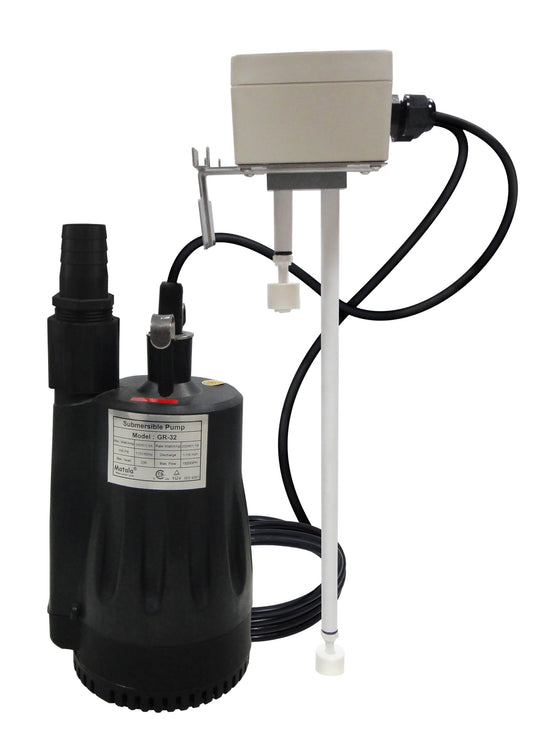
Diverting Greywater: What Homeowners Need to Know
Mason LogueTL;DR
Diverting greywater from showers, sinks, and laundry to your garden reduces water use and eases pressure on septic systems. Proper filtration and safe irrigation practices ensure compliance with local codes and healthier landscapes.
What Is Greywater Diversion?
Greywater diversion involves rerouting lightly used household water away from drains or septic systems for reuse in landscape irrigation. Common greywater sources include:
- Showers and baths
- Bathroom sinks
- Laundry machines
Water from kitchen sinks or toilets is not suitable due to contamination risks.
Benefits of Diverting Greywater
Reduce Water Bills
Greywater reuse can cut household water use by up to 30%, saving thousands of gallons each year.
Ease Septic System Load
Less greywater entering the septic tank means:
- Reduced frequency of pumping
- Longer drain field lifespan
- Lower maintenance costs
Support Healthy Gardens
Greywater contains nutrients such as phosphates that benefit plants when used for subsurface irrigation.
How Does a Greywater Diversion System Work?
- Collection: Water from drains is piped into the diversion device.
- Filtration: Systems like Aqua2use use a 4-stage filtration system to remove particles.
- Distribution: Filtered greywater is sent to subsurface drip irrigation or gravel-filled trenches, keeping it safely below ground.
Choosing the Right System
For Small Homes, Tiny Houses, and Cabins
Compact systems such as Aqua2use GWDD integrate easily into existing plumbing and require minimal maintenance. Users have reported seamless county code approvals and reliable daily performance.
For Large Homes or Commercial Sites
Higher-capacity systems like Aqua2use Pro handle greater flow rates with stronger pumps and larger tanks, ideal for schools, large households, or desert properties.
Key Considerations Before Diverting Greywater
- Local Regulations: Check state and county greywater reuse codes (EPA Greywater Regulations).
- Filtration: Prevents clogging of irrigation lines and protects plant health.
- Irrigation Design: Ensure subsurface distribution to avoid odors or health risks.
- Maintenance: Clean filters every 4–6 months for optimal performance.
Real-World Example
One Arizona homeowner shared:
“The unit is attached to our laundry discharge and sends water out through hoses to surface water the yard with great results.”
Another desert user noted:
“We live in the desert, and water is scarce. It’s been great to have this additional water for the garden.”
Final Thoughts
Diverting greywater is a practical and environmentally responsible choice. It saves money, reduces septic load, and keeps landscapes healthy year-round.







